No products in the cart.
Psilocybe cyanofibrillosa – Rare Forest Mushroom by Guzmán & Stamets
$190.00 – $890.00
Psilocybe cyanofibrillosa is a rare, forest-dwelling psilocybin species known for its spiritual depth and balanced psychoactive profile. A collector’s favorite.
🍄 A Pacific Northwest Treasure: Psilocybe cyanofibrillosa
Discovered and classified by Guzmán & Stamets, Psilocybe cyanofibrillosa is a rare, wood-loving mushroom found along the Pacific Coast. Often overlooked due to its subtle appearance, this species delivers gentle but spiritually profound psychedelic experiences.
Our cyanofibrillosa mushrooms are organically cultivated, preserving their authentic woodland characteristics. Perfect for reflective journeys, creative states, or spiritual exploration.
As a licensed vendor, PsychedelicHub provides legal, lab-certified, and sustainably sourced cyanofibrillosa mushrooms—ideal for enthusiasts seeking a mild, meaningful experience.
🌿 Key Features
🌲 Native to coastal forests; thrives in natural woodlands
🧘♂️ Known for grounding, meditative experiences
📚 First described by mycologists Guzmán & Stamets
🔬 Verified for alkaloid content in certified labs
✅ Available legally through licensed distribution
📏 Suggested Dosage
| Experience Intent | Recommended Range | Notable Effects |
|---|---|---|
| Light Mind Expansion | 0.4 – 0.8g | Calm awareness, sensory clarity |
| Therapeutic/Meditative | 1.2 – 2g | Grounded visuals, emotional openness |
| Deeper Exploration | 2.5 – 3.2g | Connection to nature, thought flow |
⚠️ A great entry point for those seeking spiritual clarity with a gentle intensity.
| QUANTITY | OZ, 1/4 POUND, 1/2 POUND, POUND |
|---|
Be the first to review “Psilocybe cyanofibrillosa – Rare Forest Mushroom by Guzmán & Stamets” Cancel reply
Related products
$190.00 – $890.00
This product has multiple variants. The options may be chosen on the product page MAGIC MUSHROOMS
$175.00 – $850.00
This product has multiple variants. The options may be chosen on the product page
$185.00 – $920.00
This product has multiple variants. The options may be chosen on the product page
$170.00 – $830.00
This product has multiple variants. The options may be chosen on the product page MAGIC MUSHROOMS
$185.00 – $930.00
This product has multiple variants. The options may be chosen on the product page
$180.00 – $910.00
This product has multiple variants. The options may be chosen on the product page
$190.00 – $890.00
This product has multiple variants. The options may be chosen on the product page MAGIC MUSHROOMS
$178.00 – $840.00
This product has multiple variants. The options may be chosen on the product page 
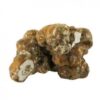
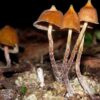
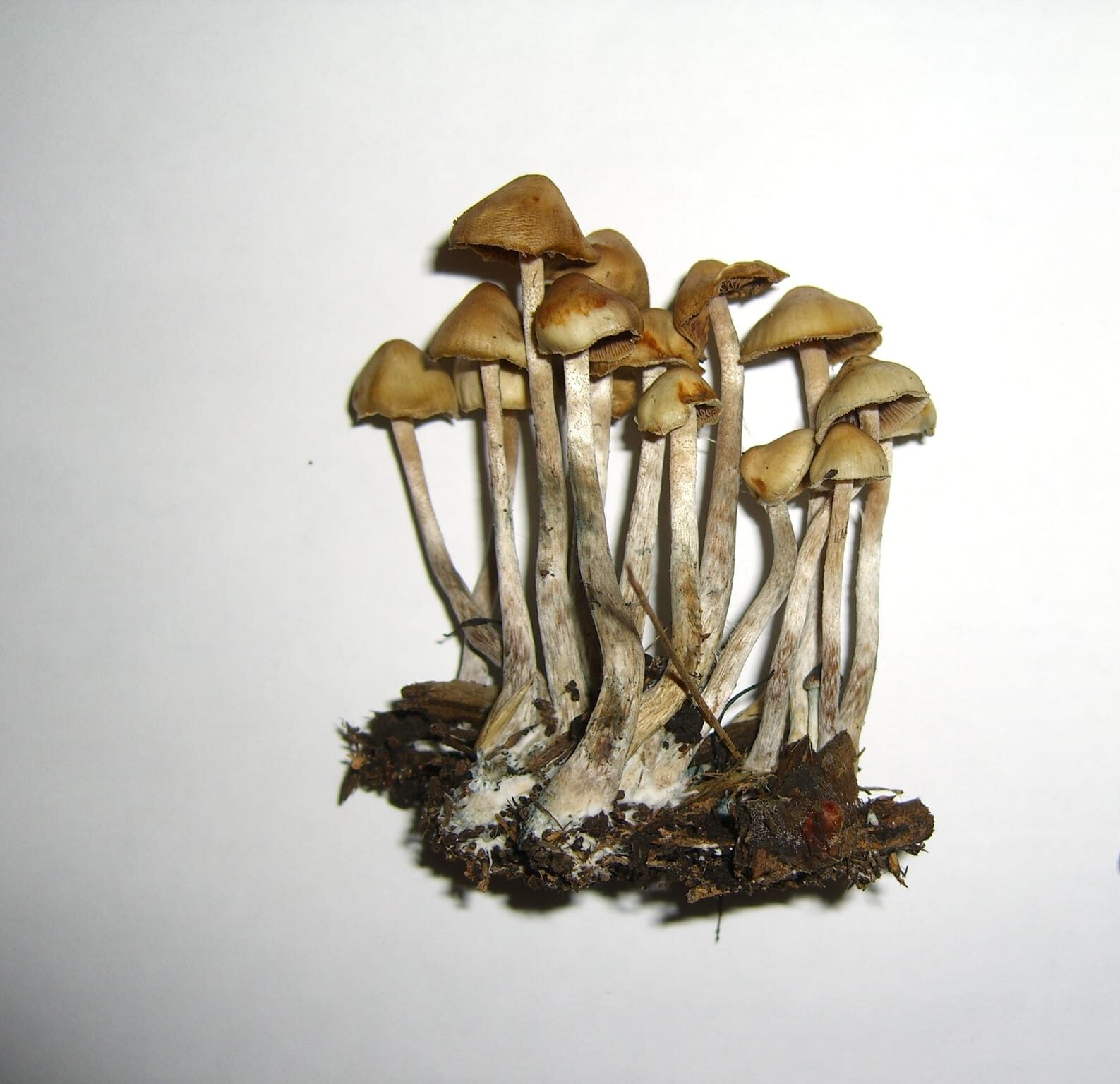
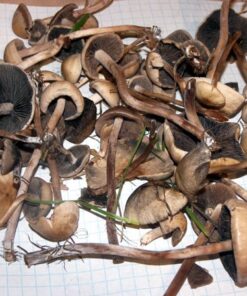


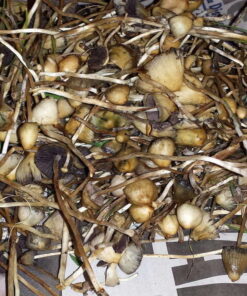



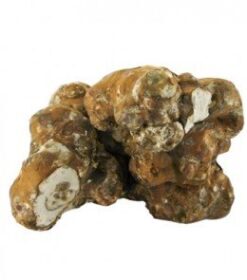
Reviews
There are no reviews yet.